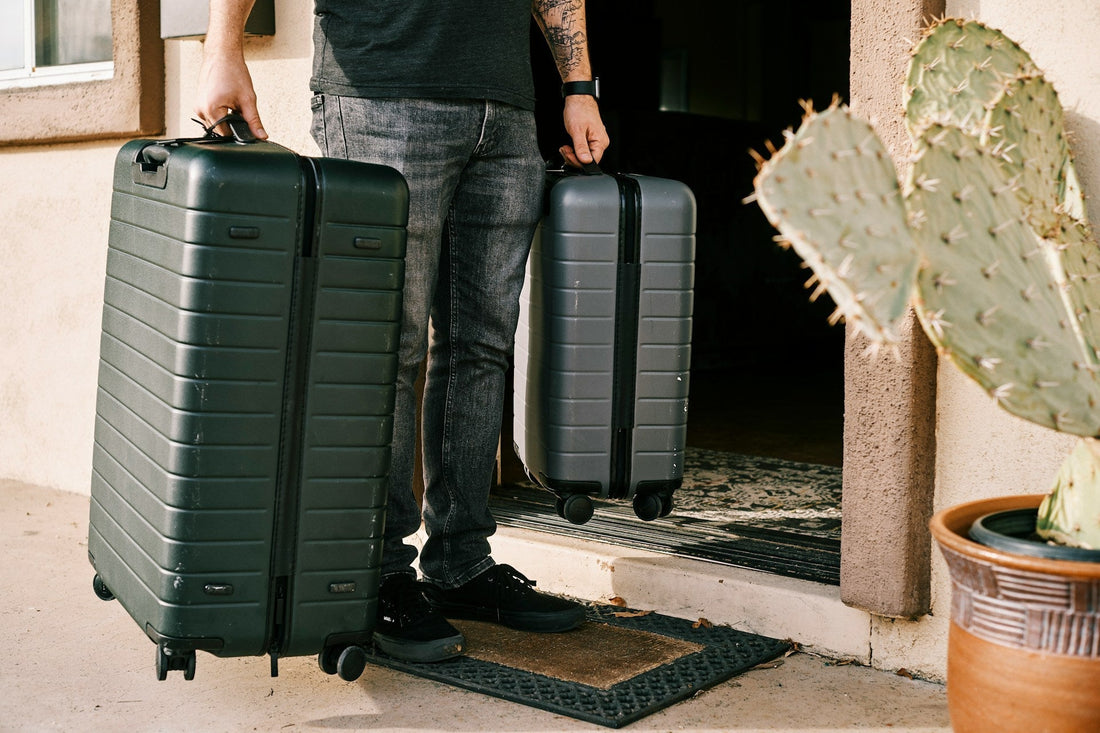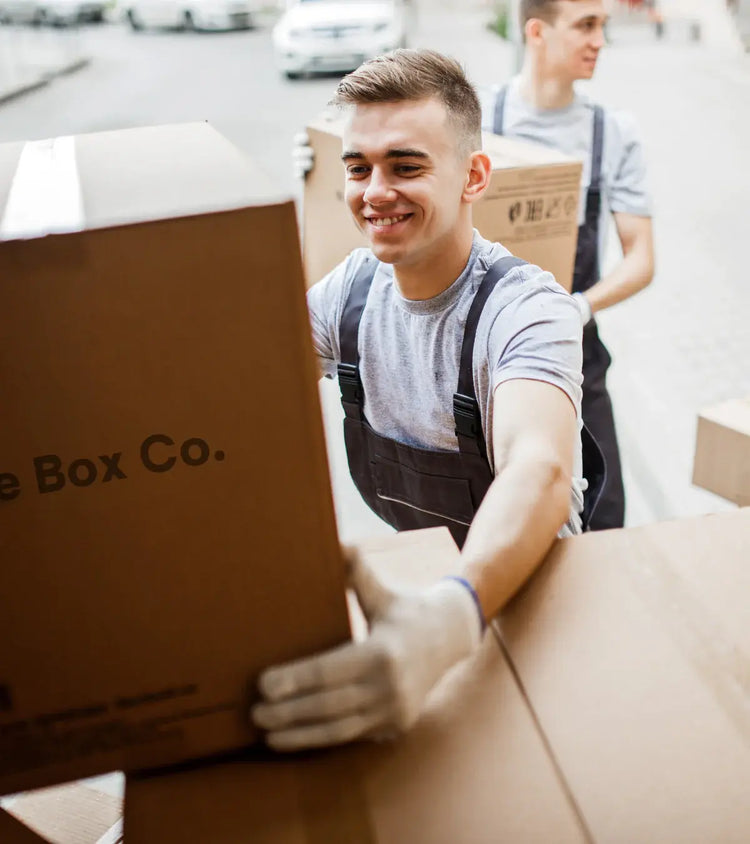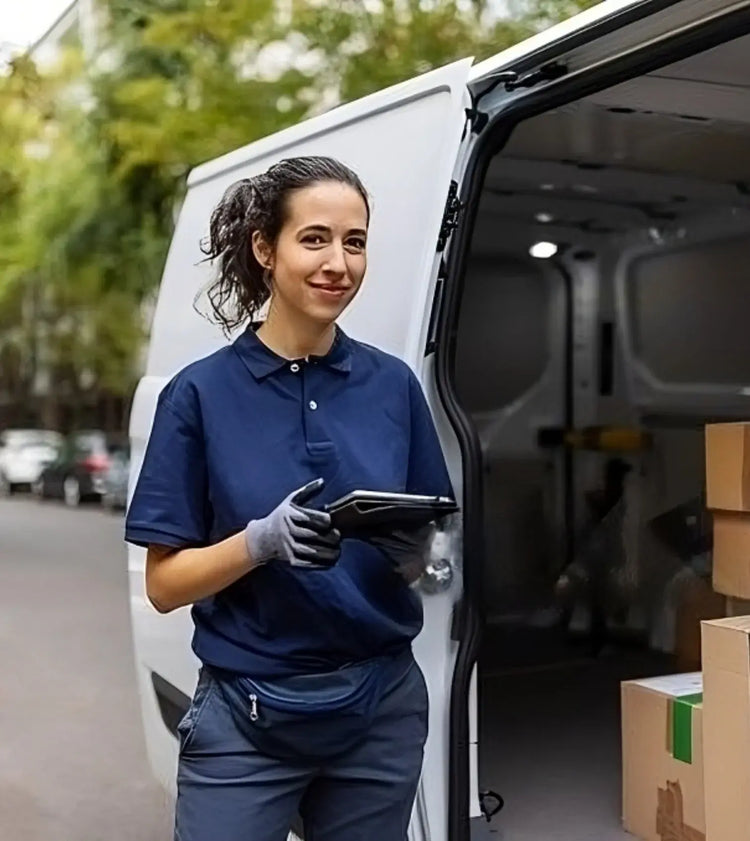
How To Pack Items For Self-Storage

Share
Packing for self-storage is all about using high-quality materials, organising and cleaning your stuff to keep it safe.
Self-storage can be a lifesaver when you need extra space at home or in the office.
However, packing for storage can be an intimidating task.
Here, we tell you everything you need to know so that your stuff stays safe in storage.
How To Pack To Put Things In Storage
Good preparation makes all the difference when it comes to a stress-free storage experience. Start by collecting all the essentials: sturdy boxes in different sizes, bubble wrap, packing paper, strong tape, permanent markers, and packing peanuts.
Don’t forget to grab furniture covers, blankets, or throws to help shield larger items from dust, scratches, and damage.
Create A Packing Plan
A smart packing plan not only helps you maximise space but also keeps your things safe. Think about what you're storing, how much room each item needs, and whether anything can be taken apart to save space.
Wrap fragile items carefully with bubble wrap or other protective materials, and always place heavier items at the bottom of boxes with lighter ones on top to avoid damage.
Use Good Quality Boxes
Investing in high-quality boxes is a must for keeping your belongings safe. Unlike second-hand boxes from shops - which can be weak, worn, or prone to tearing - sturdy, purpose-built boxes offer the durability needed to protect your items, especially for long-term storage.
Label and Organise
Clearly label each box with its contents and the room it came from - this simple step can save you loads of time and stress when you need to find something later. It’s also worth creating a detailed inventory of what’s packed where, and keeping a digital copy so you can access it on the go.
Protect Fragile Items
When packing fragile items like dishware, glassware, and electronics, take the time to wrap each piece individually in bubble wrap or foam sheets.
Add a layer of packing peanuts or crumpled paper to the bottom of the box to create a soft, protective base. Don’t forget to clearly label these boxes as “Fragile” so they’re handled with extra care.

Disassemble Furniture
Disassembling furniture is a great way to save space and make moving easier. If possible, remove legs from tables, couches, and other bulky items, and store any screws, bolts, or fittings in clearly labelled bags - then tape them securely to the corresponding piece.
Not only does this help with transport, but it also lowers the risk of damage while in storage.
Use Furniture Covers
Cover furniture with blankets, moving pads, or bubble wrap to protect it from dust, scratches, and minor scuffs.
Avoid using plastic directly on furniture, as it can trap moisture and cause mildew.
Utilise Vertical Space
Stack boxes and items vertically. Place heavier items at the bottom and lighter ones on top.
Create walkways so it's easy to access your stuff, even if it's at the back.
Leave Space For Air Circulation
Resist the urge to pack everything too tightly - leaving a bit of space between boxes and items allows for air circulation, which is key to preventing mould and mildew from developing over time.
Keep Essential Items Accessible
Place any items you’re likely to need soon or often near the front of your storage unit - doing so will save you time and stress when it comes to grabbing them later.
Climate Control
If you’re storing delicate items like electronics, artwork, or wooden furniture, a climate-controlled unit is well worth considering.
It helps shield your stuff from temperature swings and humidity, keeping them in top condition for the long haul.
What Cannot Be Stored In Self Storage?
Not everything can be put in self-storage. Hazardous materials, like flammable liquids, explosives, and toxic chemicals, are not allowed.
Steer clear of storing perishable goods too, as they can spoil or attract pests. And always make sure everything going into storage is clean and dry to prevent mould, mildew, or unwanted guests.
How Do You Keep Clothes From Getting Mouldy In Storage?
Clothing is one of the most commonly stored items - but also one of the most vulnerable to mould and mildew. To keep your clothes fresh and in good condition, follow these simple steps:
Clean and Dry Thoroughly
Always make sure clothes are freshly washed and completely dry before packing. Even a little moisture can lead to mould over time.
Use Airtight Storage Bins
Pack clothes in sealed plastic bins with desiccant packets to absorb any humidity. For delicate items, think about using wardrobe boxes to keep them hanging and wrinkle-free.
Climate-Controlled Storage
A stable environment with regulated temperature and humidity offers the best protection, especially for long-term storage.
What Are the Best Boxes for Self Storage?
Choosing the right type of box can help keep your things safe and well-organised in storage. Here are your best options:
Sturdy cardboard boxes: A go-to for most items, quality cardboard boxes are durable, stackable, and easy to label. Just make sure they’re clean, dry, and free from damage.
Plastic storage bins: Ideal for items that need extra moisture protection - like clothes, books, or electronics. They’re airtight, reusable, and great for long-term storage.
Specialty boxes: For added protection, use boxes designed for specific items - such as wardrobe boxes for hanging clothes or mirror boxes for artwork and glass.
If you need more information around wider packaging materials, see our guide here around the best packaging materials for fragile items.
Packing For Self-Storage
Packing for self-storage doesn’t have to be overwhelming. With a bit of planning, the right materials, and a clear understanding of what to store (and what not to), you can keep your things safe, clean, and well-organised.
Remember to clean and dry everything, use sturdy boxes, and choose climate-controlled storage for sensitive items.
For extra peace of mind - or if you need packing supplies - reach out to a professional storage provider. Happy packing!
Moving or need storage? The Box Co. offers easy self-storage with expert packing included - plus secure storage by the box. Let us do the heavy lifting - get a free quote today!



